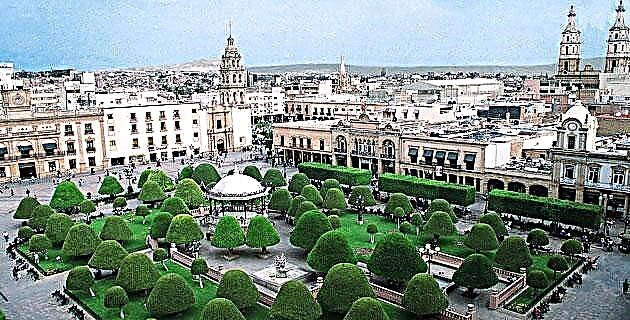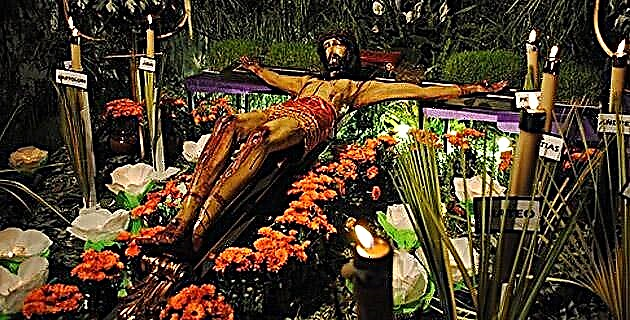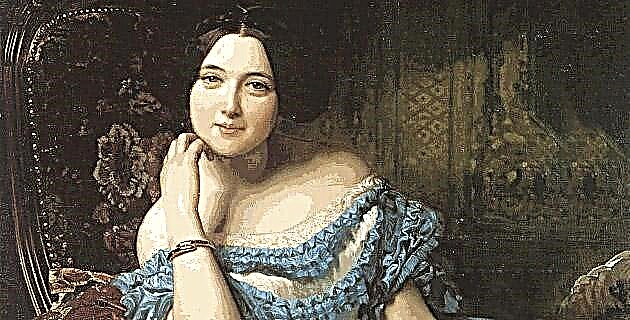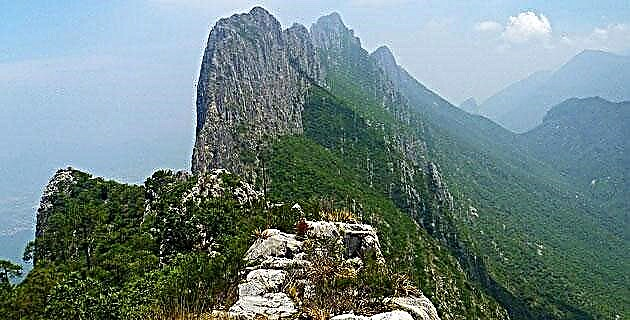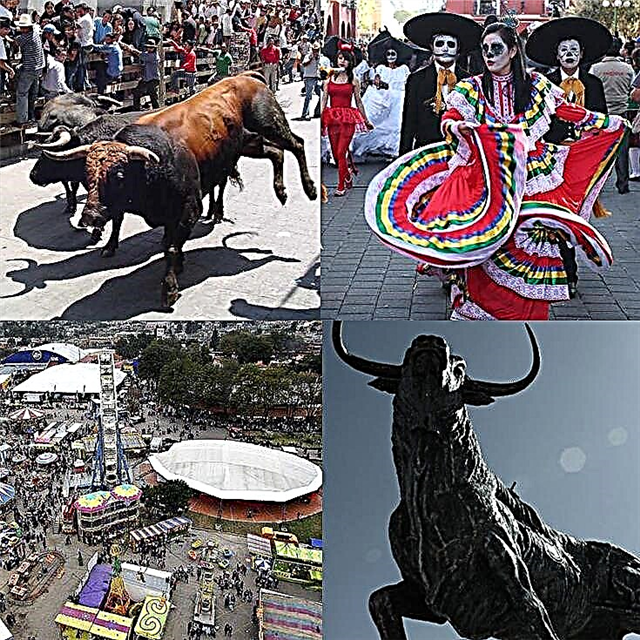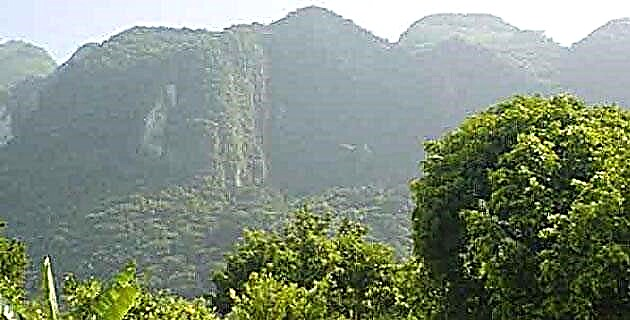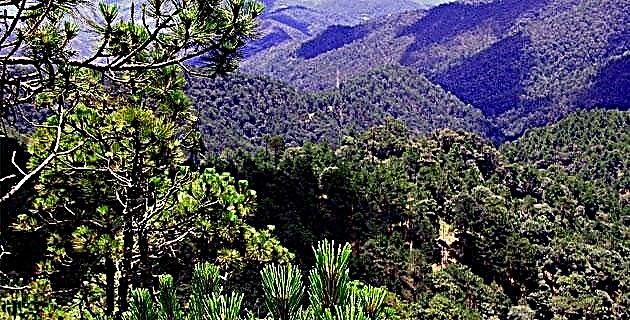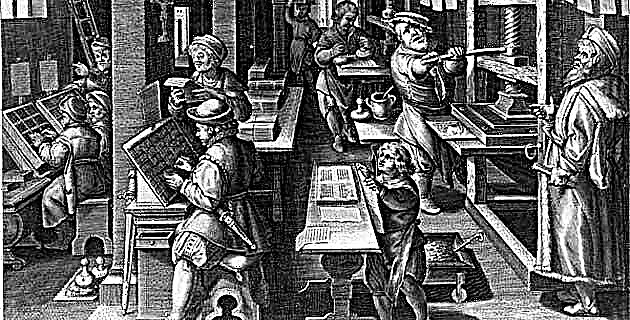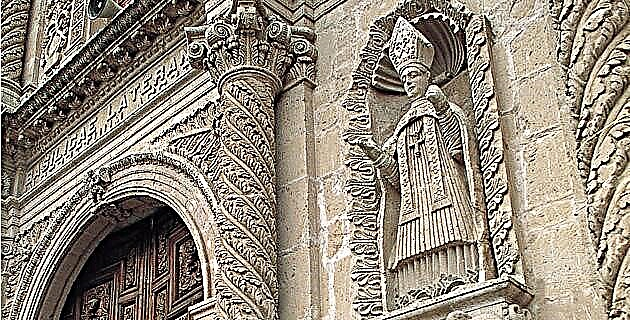
In the heart of the city of Aguascalientes stands the majestic cathedral, dedicated since the 16th century to Nuestra Señora de la Asunción de las Aguas Calientes.
Its baroque façade serves as a threshold to enter a more austere enclosure with a basilica trace. Inside it houses paintings by the famous viceregal artists Miguel Cabrera and José de Alcíbar. On one of its sides is the chapel of the Blessed Sacrament, covered with sheets of lead brought from Germany. In the heart of the city of Aguascalientes stands the majestic cathedral, dedicated since the 16th century to Nuestra Señora de la Asunción de las Aguas Calientes. Its baroque façade serves as a threshold to enter a more austere enclosure with the trace of a basilica. On one of its sides is the chapel of the Blessed Sacrament, covered with sheets of lead brought from Germany.
To the north of the Historic Center, the Diego friars finished building the convent that used to belong to the Carmelites. The church of San Diego has in the sacristy several pictorial works by Juan Correa, Nicolás Rodríguez Juárez and Antonio Torres. The small circular chapel located at the back of the main altar serves as the Virgin's dressing room.
Adjacent to the convent of San Diego is the Temple of the Third Order, built around 1740. The work of Juan Correa, with scenes from the life of San Francisco, is of great artistic merit.
The temple of San Antonio, built by Refugio Reyes, dates from the early 20th century. Its beautiful yellow and pink quarry facade stands out. Inside it has elaborate woodwork, a German organ, and beautiful sacred images from Italy. The people of Aguascalientes jealously conserve this temple of San Antonio, one of their greatest local treasures.
Recognized work of the Mexican Baroque is the temple of Señor del Encino, from the 18th century, where a black Christ is venerated and where an extraordinary way of the cross painted by the master Andrés López can be admired. Although its façade is Baroque, the interior shows one of the first manifestations of the neoclassical style.
The temple of Guadalupe, despite having undergone numerous modifications, is the second most important in the capital of Aguascalientes. It has a beautiful carved quarry facade and an enormous dome covered with talavera tiles. Inside the tecali pulpit and valuable paintings stand out.
Source: Aeroméxico Tips No. 21 Aguascalientes / Fall 2001

